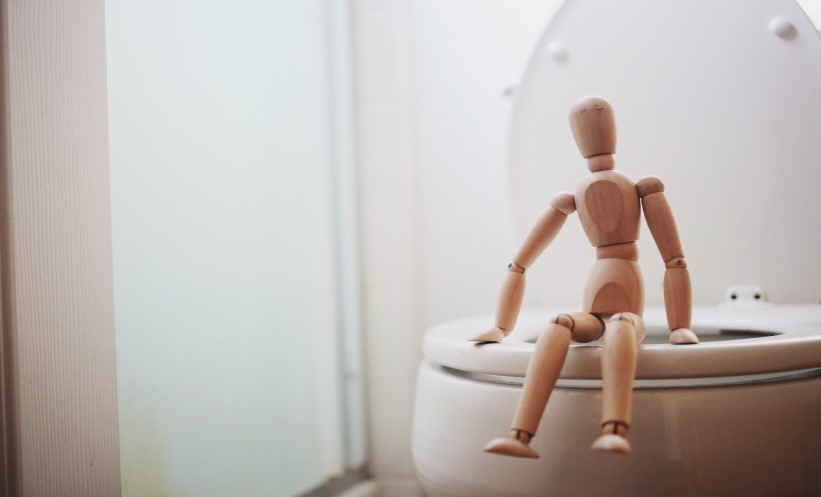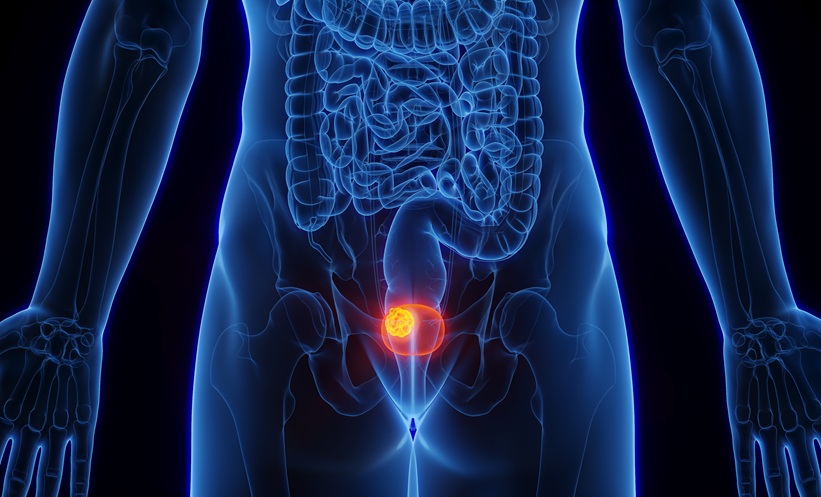IMPLANTABLE smart devices have been designed to potentially provide assistance in the management of underactive bladders. A study by researchers from the Penn State Department of Engineering Science and Mechanics (ESM), University Park, Pennsylvania, USA evaluated several designs for a smart device that could improve bladder emptying.
Underactive bladders affect the ability of patients to urinate comfortable or regularly, which may result from disease states affecting the musculature of the bladder and preventing sufficient force for bladder emptying. The international team of researchers considered many designs, with computational modelling used in their assessment, before further studying their device design by implanting in mice.
The device pairs sensors with a polymer web in an integrated device. When sensing a filled bladder, the device then triggers bladder contraction and contracts along with the bladder, to assist bladder emptying. The web then returns to its original conformation following bladder emptying. Previous designs had devices surrounding the bladder, presenting difficulties with ‘slipping off’ of the bladder; the new design, studied in mice, utilises a serpentine shape to allow for the changing shape of the bladder during filling and emptying.
The wrap-like smart device is fully integrated, with the sensor system built into the serpentine polymer web. The sensors control the activity of the bladder muscle via micro light-emitting diodes (microLED), for optogenetic neuromodulation delivered by these lights. The structure of the web allows for it to be implanted without the need for sutures or glue.
Prof Huanyu “Larry” Cheng, Department of Engineering Science and Mechanics, Penn State, highlighted the value of designing the device to accommodate the formation changes of the bladder musculature, in real time: “With the serpentine design built into the structure, we can stretch it to a much bigger geometry”. “So, if we stretch that serpentine wrap, which is placed around and against the bladder, it would provide a sufficient force to hold the electronic thread with the sensors in place so that it won’t be able to slip off.” The research team believe that the design could be adapted for use in overactive bladder disorders and unconscious urination for broader future clinical use.








